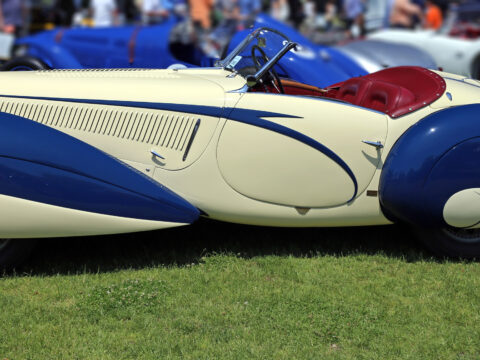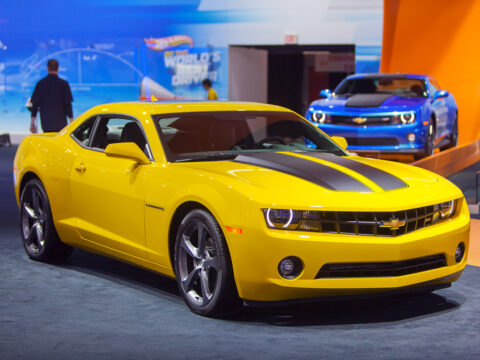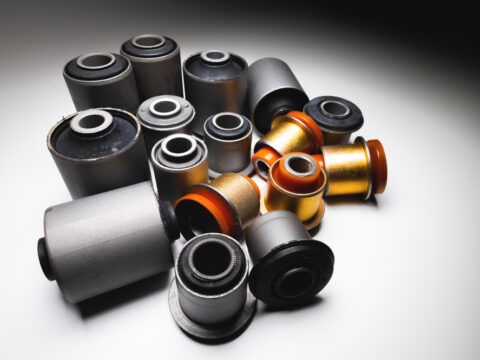The sports cars of the ’90s brought a mix of sleek design and driving pleasure, but some models never got the attention they deserved. These underrated gems were packed with performance features, yet they flew under the radar compared to their more famous counterparts. With the growing trend of reviving classic cars, these forgotten sports cars deserve a second chance. Updated with modern technology, they could easily capture the hearts of enthusiasts once again, offering a blend of nostalgia and exhilarating performance.
Contents
Mitsubishi 3000GT VR4 (1990-2001)

The Mitsubishi 3000GT VR4 was ahead of its time, featuring a twin-turbocharged 3.0-liter V6 engine that produced 320 horsepower, all-wheel drive, and active aerodynamics. Despite its advanced technology, it was often overshadowed by competitors like the Nissan 300ZX and Toyota Supra. A modern revival could pair its bold design and performance with hybrid or electric technology, offering a tech-savvy sports car that blends power and efficiency.
Mazda MX-3 (1991-1998)
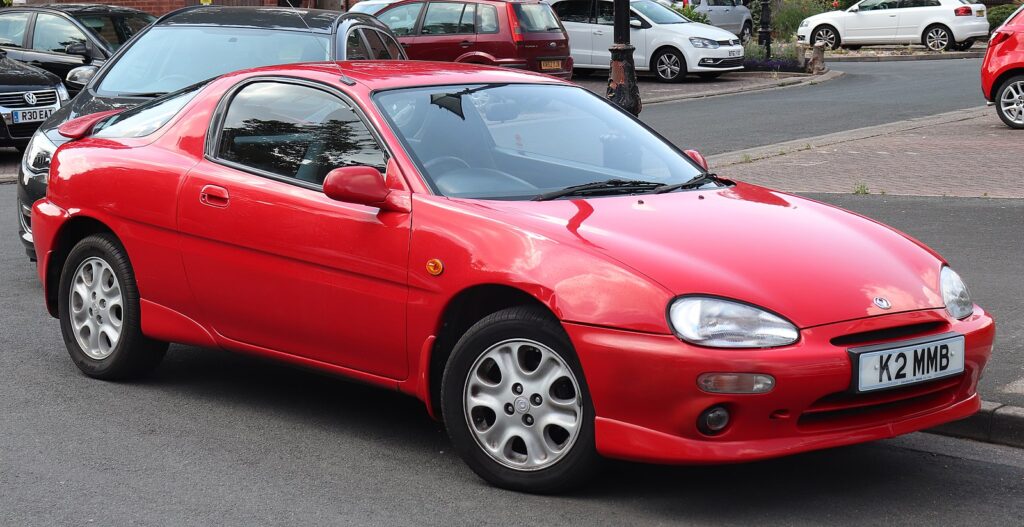
The Mazda MX-3 was a compact, fun-to-drive sports coupe that often went unnoticed next to the Miata. Powered by a 1.8-liter V6 engine, the MX-3 offered nimble handling and decent power for its size, but it never gained widespread recognition. A new version with a lightweight, sporty design and modern engines could capture the attention it deserved, bringing back a fun and affordable option for drivers who enjoy spirited driving.
Ford Probe GT (1989-1997)
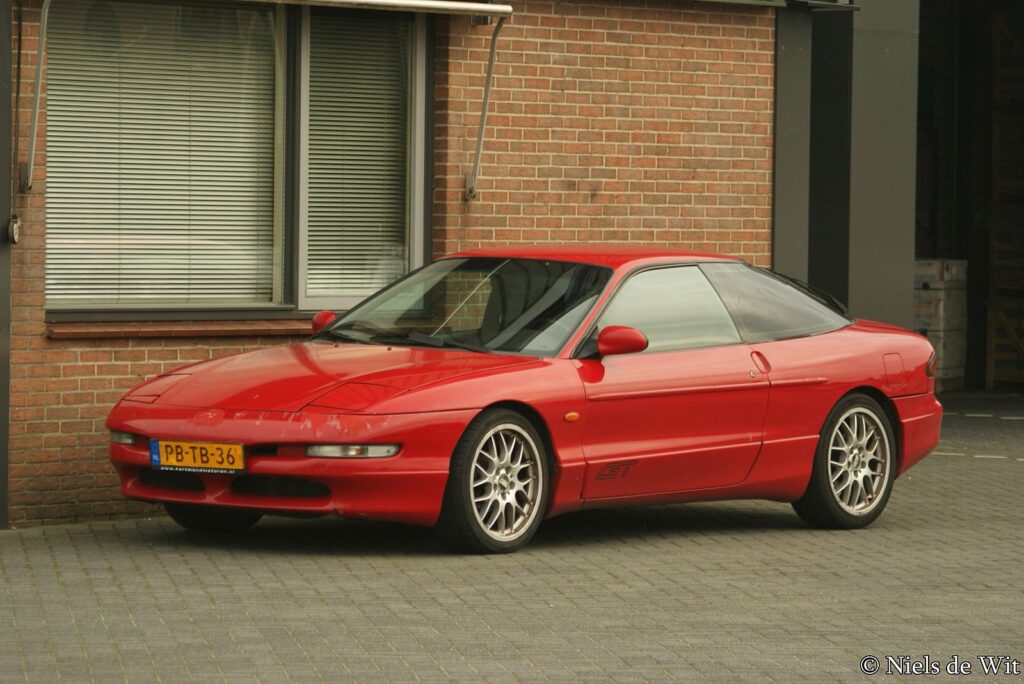
The Ford Probe GT, powered by a 2.5-liter V6 engine producing 164 horsepower, was designed as a front-wheel-drive alternative to the Mustang. However, it struggled to carve out its own identity and was often overlooked by enthusiasts. A comeback could offer a sportier design, rear-wheel-drive configuration, and eco-friendly powertrains, making it a fun, accessible sports car for the modern market.
Toyota MR2 (1989-1999)
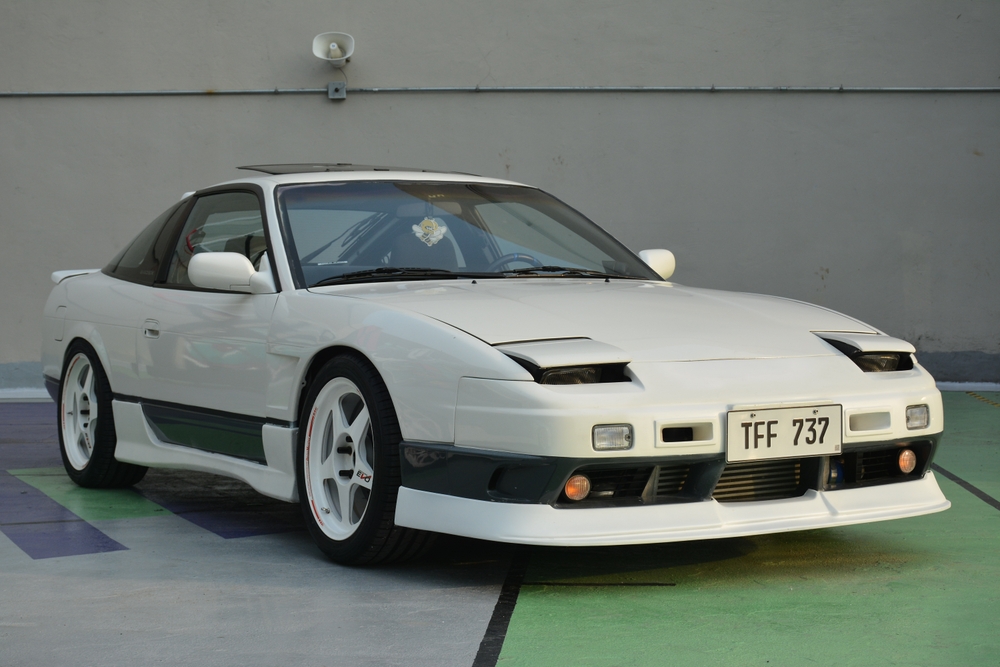
The Toyota MR2, particularly the second-generation (SW20), was an agile, mid-engine sports car powered by a turbocharged 2.0-liter inline-4 engine producing up to 200 horsepower. It was praised for its balance and handling, but its unpredictable snap-oversteer earned it a challenging reputation. A modern MR2 with updated safety technology and hybrid power could reintroduce its mid-engine dynamics while offering improved control and efficiency.
Nissan 240SX (1989-1998)
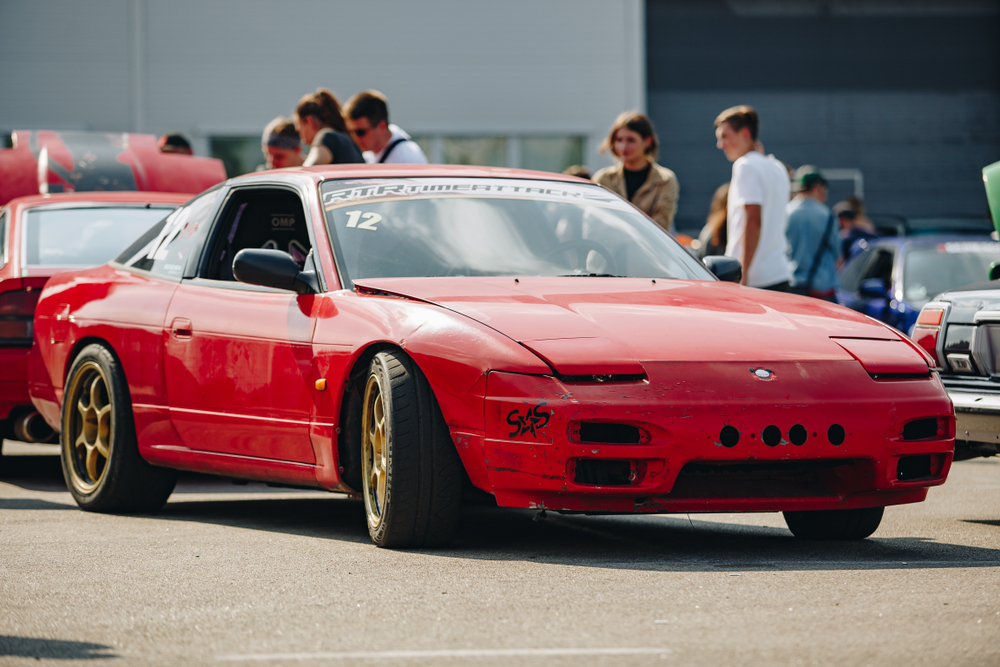
The Nissan 240SX is loved today by drift enthusiasts, but during its production, it was often overlooked for having only modest power (140-155 horsepower) from its 2.4-liter inline-4 engine. It was an affordable rear-wheel-drive sports car with a lightweight chassis and excellent handling. A revival could bring a turbocharged engine, modern suspension, and a sportier design, making it a new contender for affordable performance cars.
Honda Prelude (1991-2001)
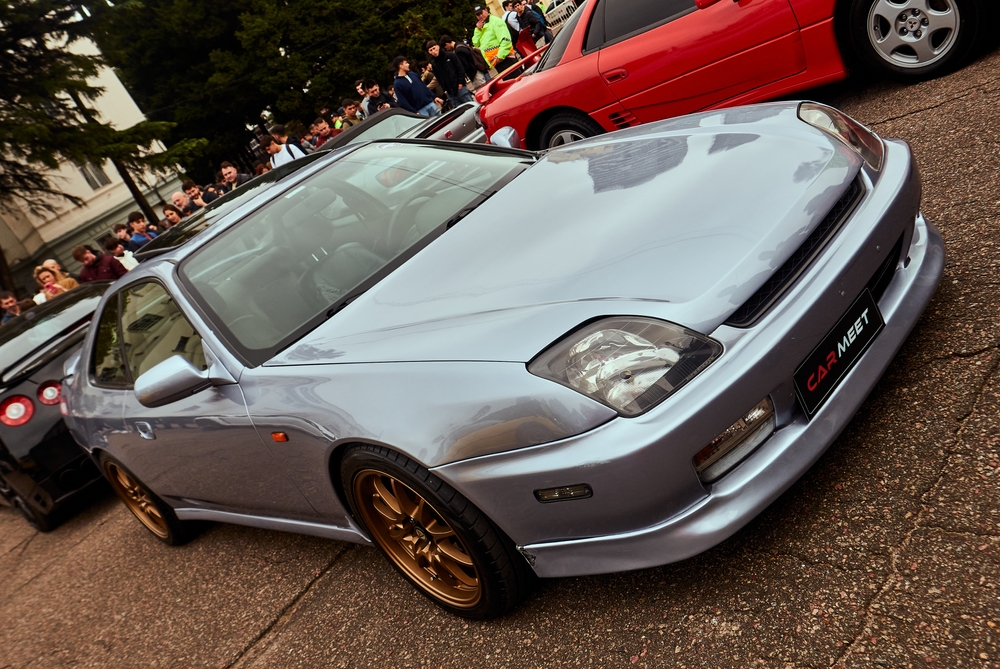
The Honda Prelude was a stylish, front-wheel-drive sports coupe with innovative features like four-wheel steering and a 2.2-liter VTEC engine producing up to 200 horsepower. Despite its great handling and unique design, it never gained the popularity of other Honda models like the Civic and Integra. A modern Prelude could fill the gap for drivers looking for a well-balanced, high-tech sports car with a hybrid or fully electric drivetrain.
Subaru SVX (1991-1996)
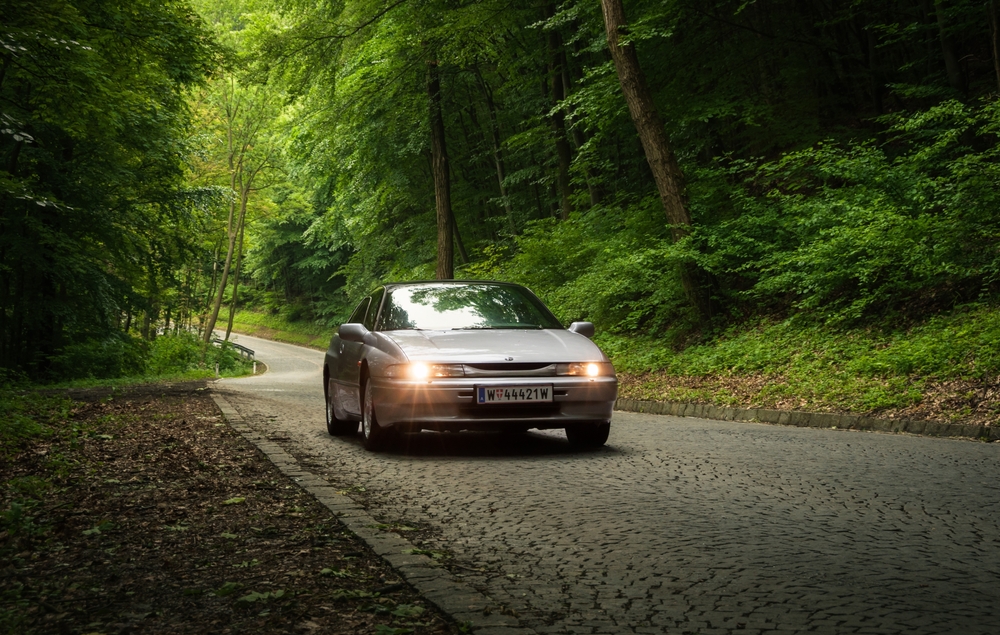
The Subaru SVX was a quirky, futuristic sports coupe with a 3.3-liter flat-six engine producing 230 horsepower and all-wheel drive. Its unique design, featuring half-windows and a sleek silhouette, never resonated with the masses. However, its grand touring comfort and AWD performance make it a perfect candidate for revival, especially with Subaru’s modern technology, including turbocharging and hybrid systems.
Dodge Stealth R/T (1990-1996)
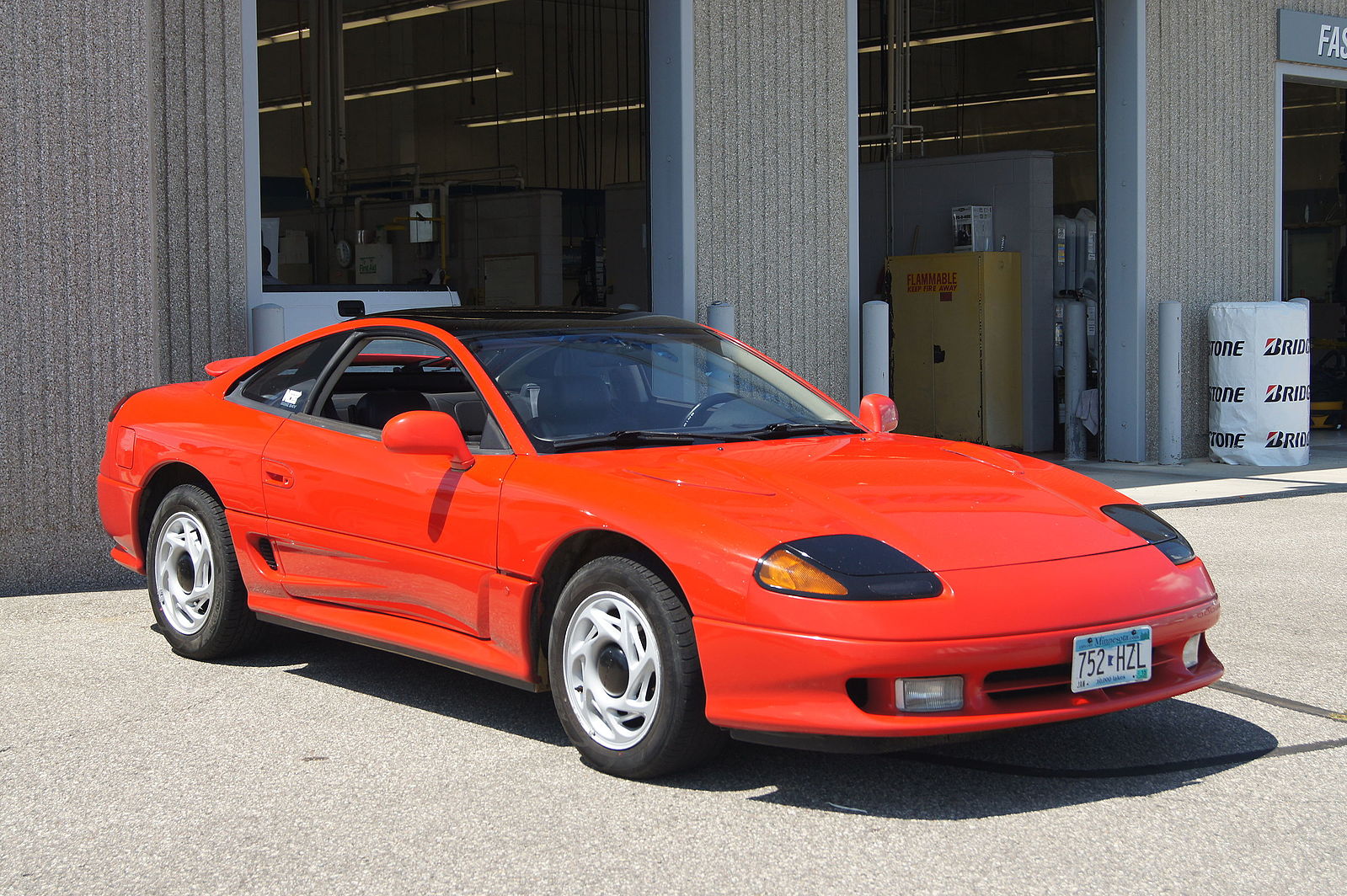
The Dodge Stealth R/T was essentially a rebadged Mitsubishi 3000GT VR4, sharing the same twin-turbo 3.0-liter V6 engine producing 320 horsepower. Despite its performance, it often lived in the shadow of the 3000GT. A comeback could introduce a more distinct design and pair its powerful engine with modern all-wheel drive and active aerodynamics, creating a high-performance sports car worthy of attention.
Acura NSX (1990-2005)
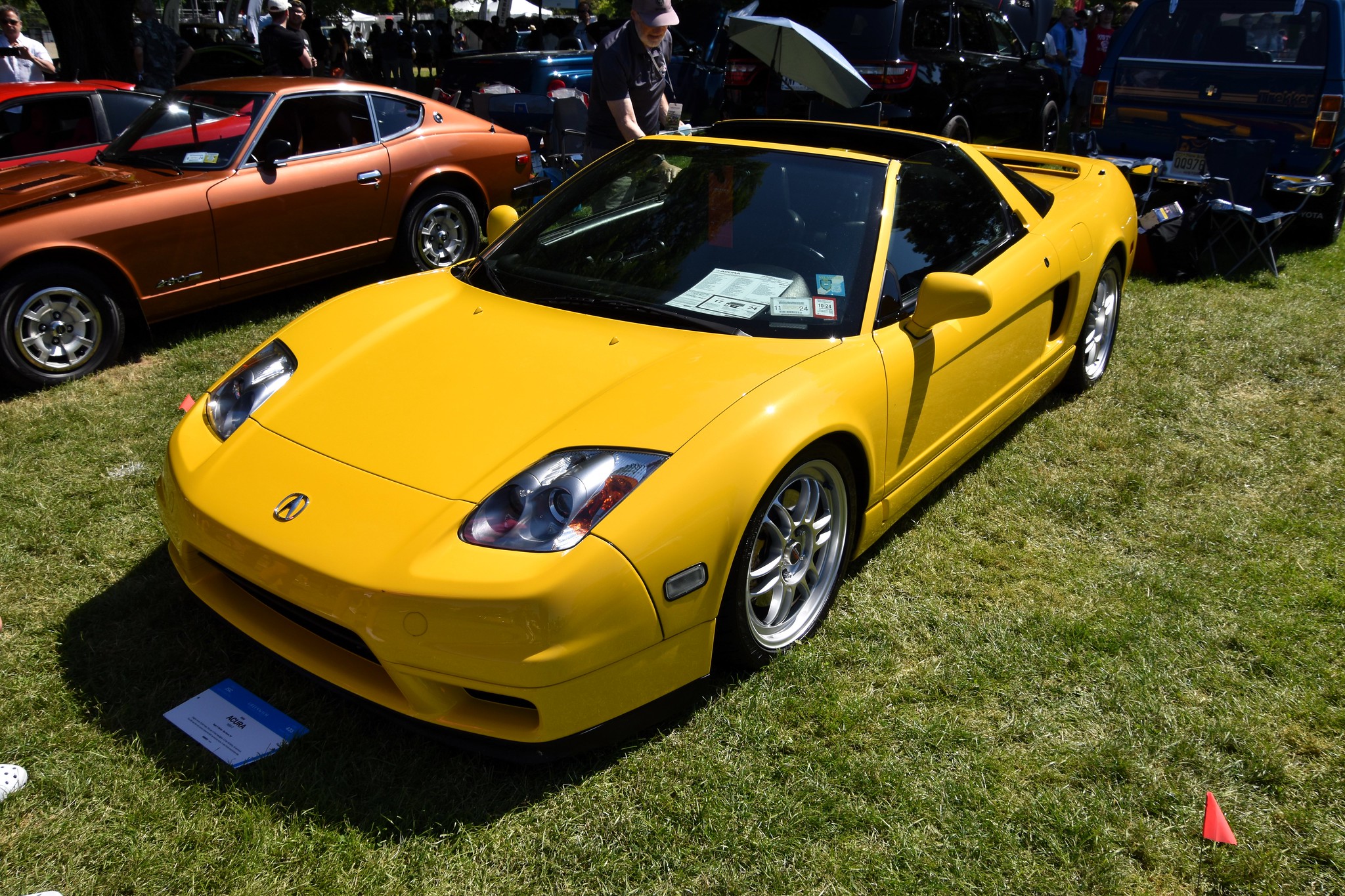
While the Acura NSX received critical acclaim for its engineering and design, it was often overshadowed by European exotics. Powered by a 3.0-liter or 3.2-liter V6 engine producing up to 290 horsepower, the NSX was a technological marvel with its aluminum body and balanced handling. A new version, like the current NSX hybrid, could continue pushing boundaries with even more advanced electrification, but a more affordable variant could revive its original purpose as an everyday supercar.
Chevrolet Beretta GTZ (1990-1993)

The Chevrolet Beretta GTZ, with its 180-horsepower Quad 4 engine and sport-tuned suspension, offered surprising performance for a front-wheel-drive coupe. Despite this, it was often overlooked due to its econobox appearance and lack of refinement. A modern Beretta GTZ could capitalize on the current trend of compact, fun-to-drive cars, combining a sportier design with advanced handling technology.
Lotus Elan M100 (1989-1995)
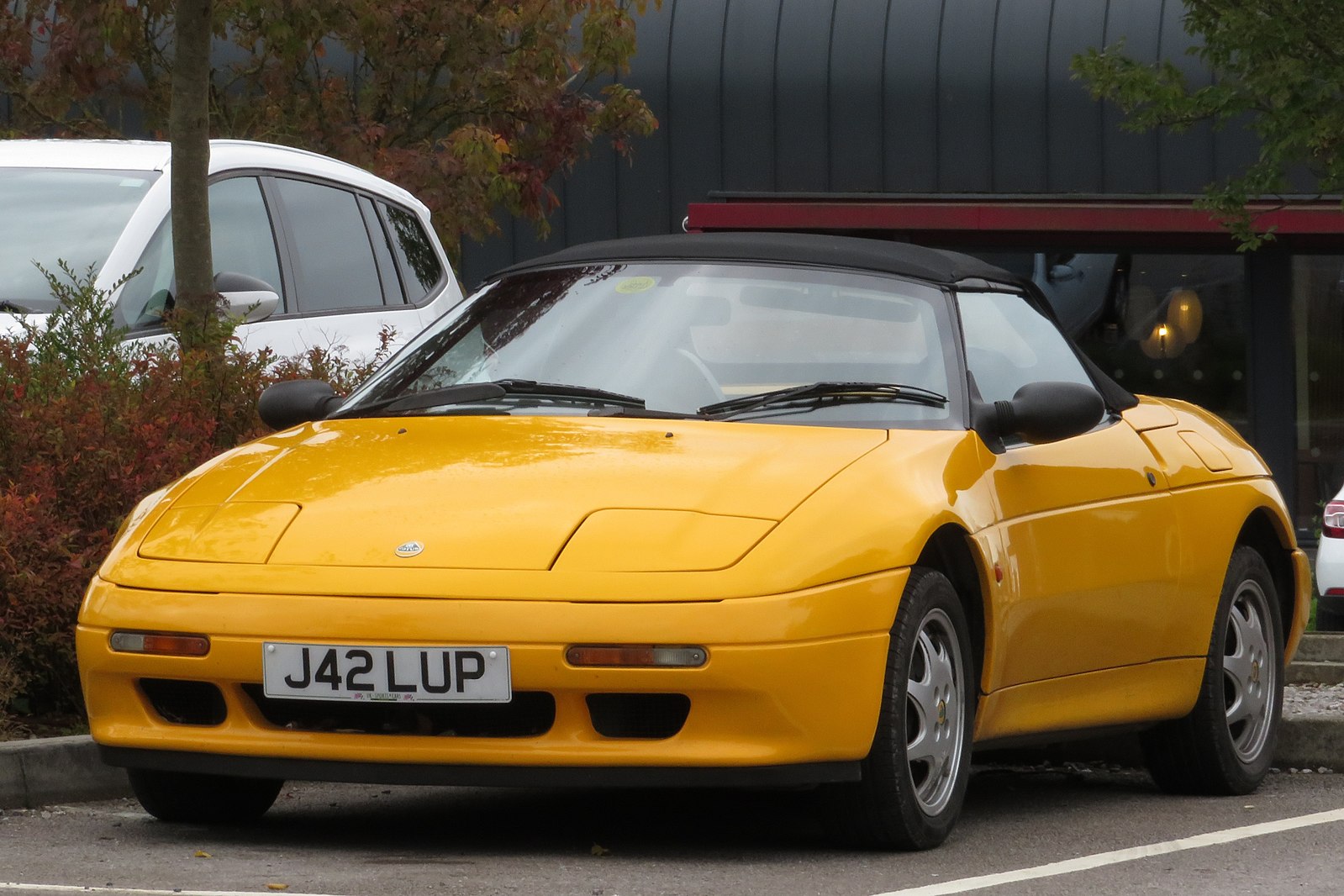
The Lotus Elan M100 was an innovative front-wheel-drive roadster powered by a turbocharged 1.6-liter inline-4 engine producing 162 horsepower. Despite its excellent handling, purists were disappointed by its FWD layout. However, its design and lightweight construction make it a perfect candidate for a comeback as a modern sports car with hybrid or electric power, bringing Lotus’s performance legacy to a new audience.
Eagle Talon TSi AWD (1990-1998)
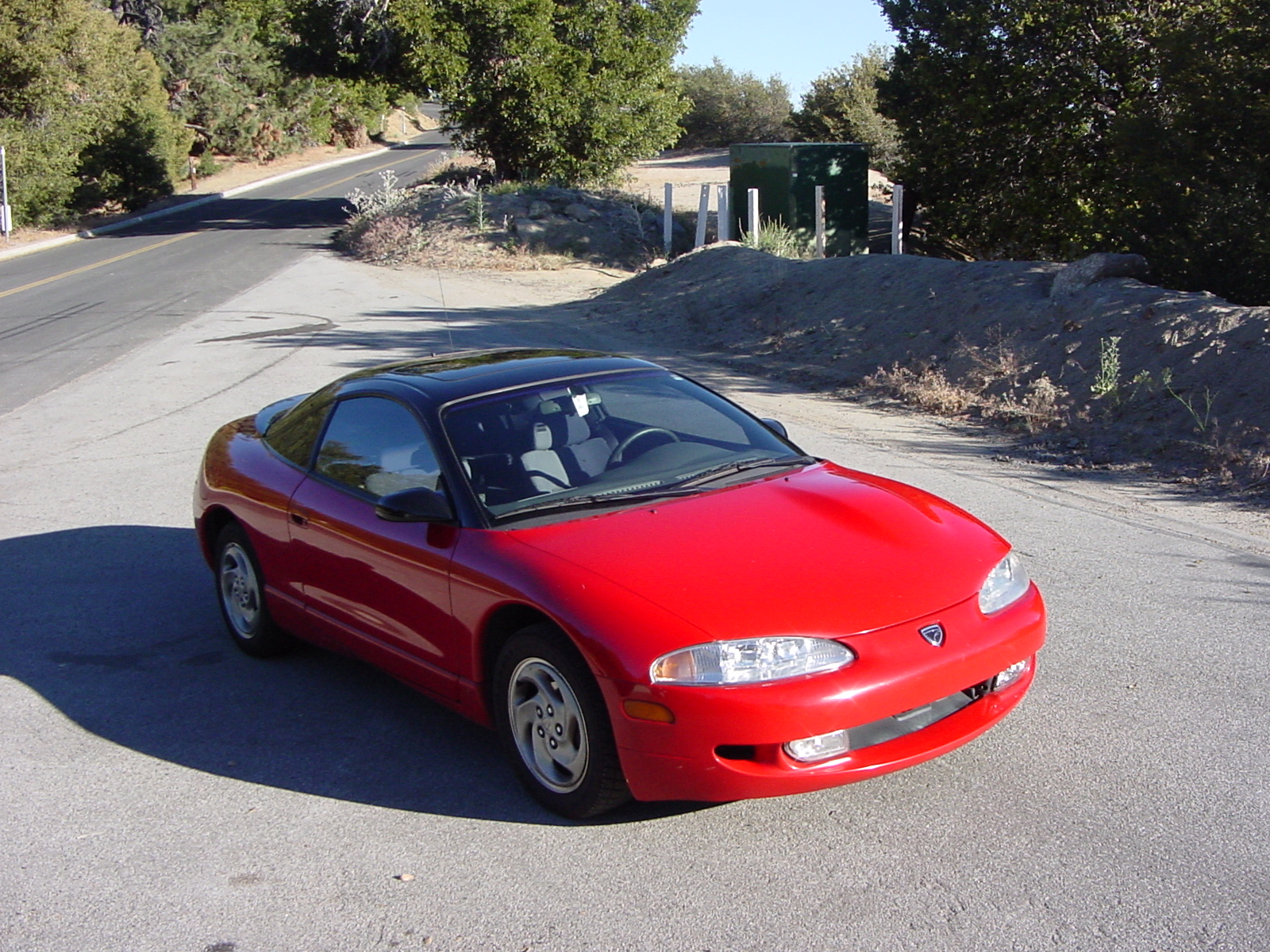
The Eagle Talon TSi AWD, part of the Diamond-Star Motors trio with the Mitsubishi Eclipse and Plymouth Laser, featured a turbocharged 2.0-liter engine producing 210 horsepower and an all-wheel-drive system. It was a performance bargain, but the Eagle brand faded into obscurity. A modern Talon TSi AWD could bring back affordable, turbocharged AWD performance with cutting-edge technology and a sharper design.
Suzuki Cappuccino (1991-1998)
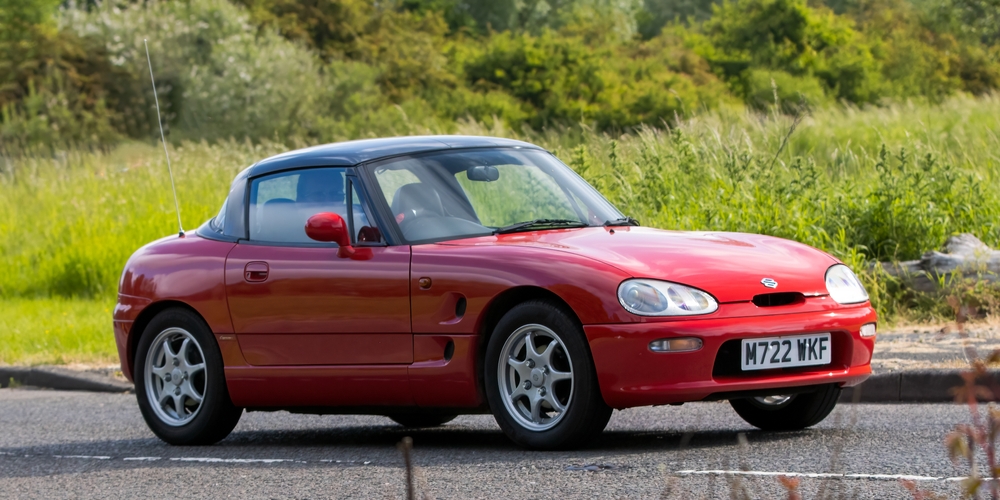
The Suzuki Cappuccino was a tiny, lightweight Kei car roadster powered by a 657 cc turbocharged inline-3 engine producing 63 horsepower. While it lacked outright speed, its nimble handling and lightweight design made it a joy to drive. A modern version could be a perfect urban sports car, offering a fun, affordable, and eco-friendly alternative to larger, more powerful sports cars.
Isuzu Impulse (1990-1992)
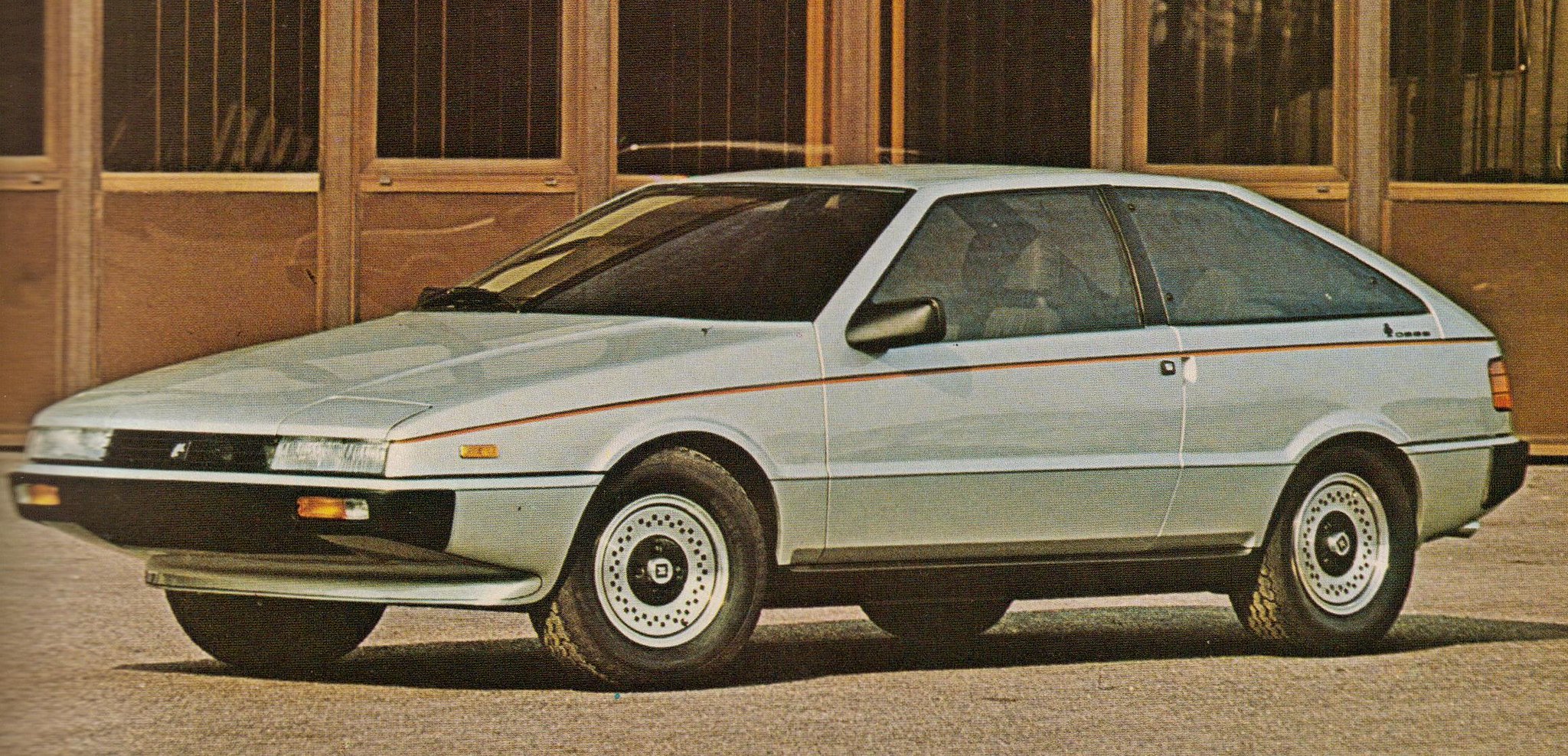
The Isuzu Impulse, designed by Giugiaro, was a stylish sports coupe powered by a turbocharged 1.6-liter inline-4 engine producing 160 horsepower. Despite its sharp design and handling, the Impulse never achieved mainstream success. A new version with modern turbocharging technology and all-wheel drive could revive this forgotten gem, offering a stylish alternative to more common sports cars.
Toyota Celica All-Trac Turbo (1988-1993)
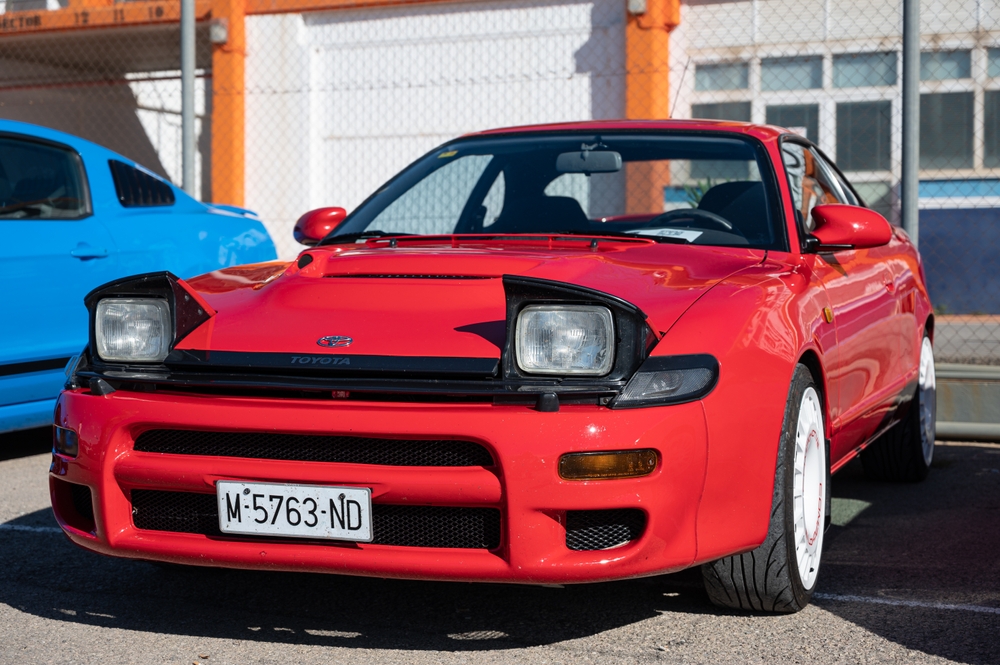
The Toyota Celica All-Trac Turbo was a rally-inspired, all-wheel-drive sports car powered by a turbocharged 2.0-liter inline-4 engine producing 200 horsepower. Despite its rally pedigree, it was overshadowed by more popular models like the Mitsubishi Lancer Evo and Subaru WRX. A revival could capitalize on Toyota’s rally heritage and advanced hybrid powertrains, offering a unique blend of performance and practicality.
Buick Reatta (1988-1991)
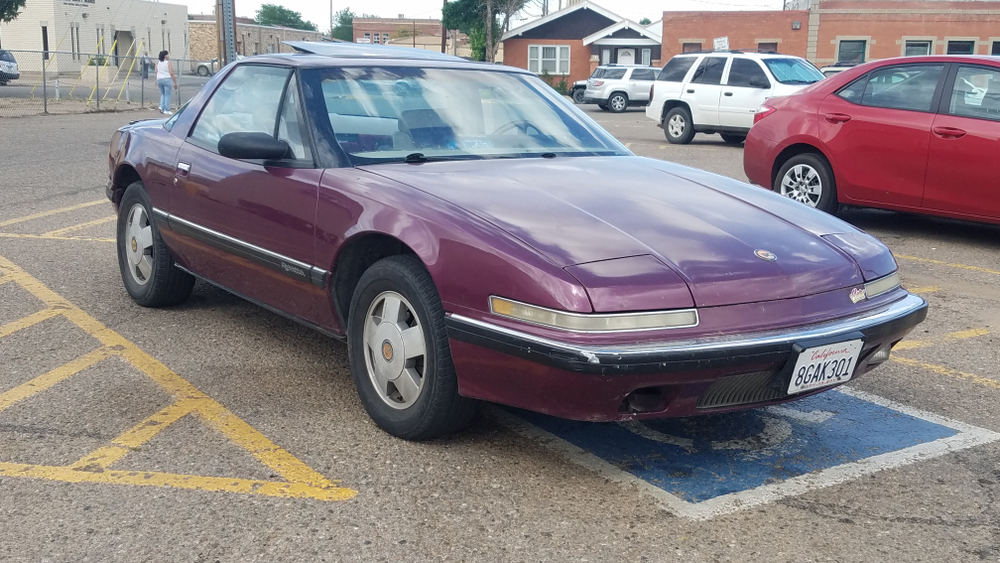
The Buick Reatta was a hand-built luxury sports coupe powered by a 3.8-liter V6 engine producing 165 horsepower. It offered advanced features like a touchscreen control system, but its modest performance and high price made it a slow seller. A comeback could reimagine the Reatta as a stylish, tech-savvy electric coupe, blending luxury and performance in a sleek package.
Nissan NX2000 (1991-1993)

The Nissan NX2000 was a fun, affordable sports coupe powered by a 2.0-liter inline-4 engine producing 140 horsepower. Despite its playful design and great handling, it was overlooked in favor of more popular sports cars. A modern NX2000 could be a sporty, eco-friendly compact sports car, appealing to younger drivers who want a fun, affordable car with modern tech.
Chrysler Crossfire (2004-2008)
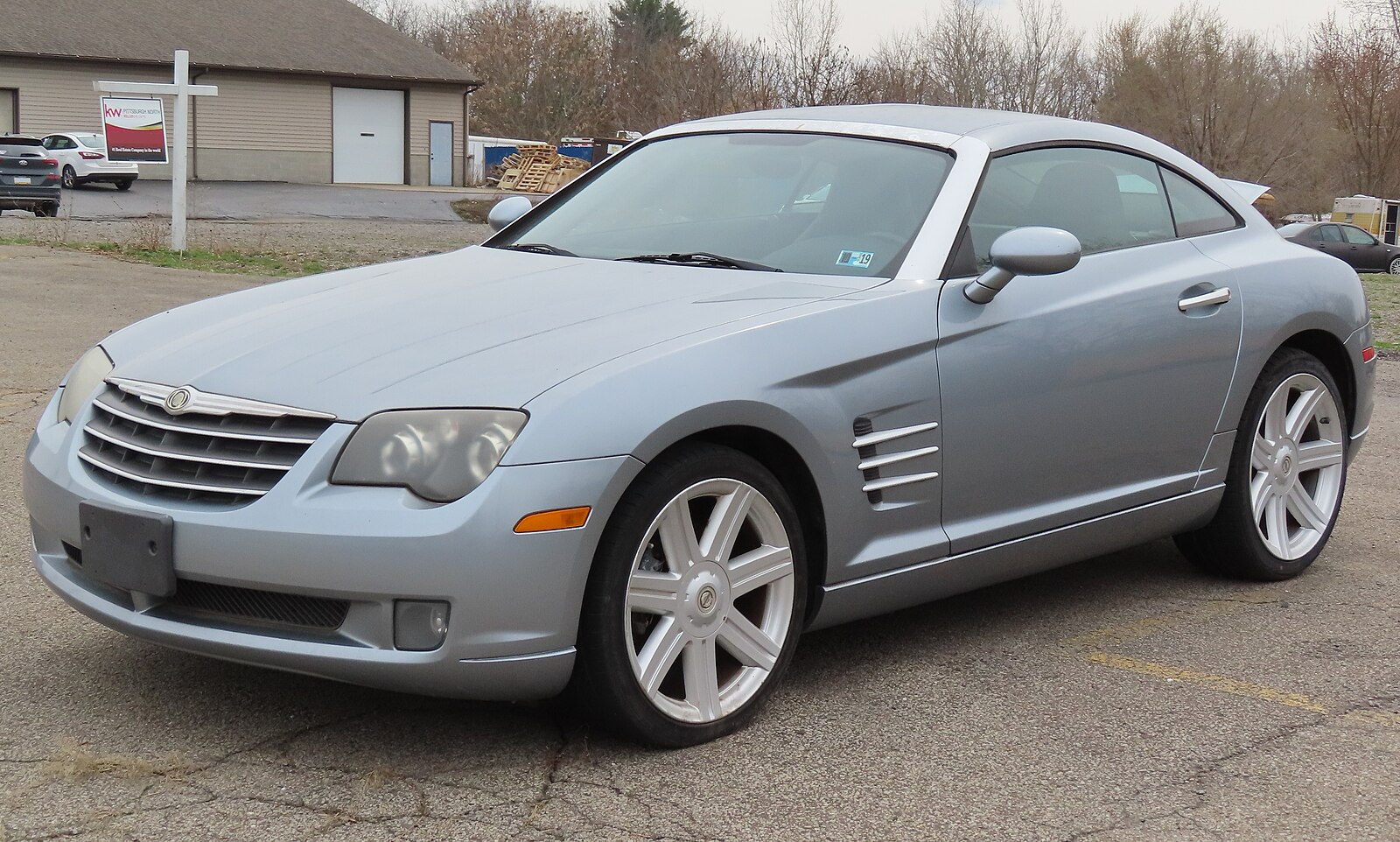
Although slightly outside the ’90s, the Chrysler Crossfire was a collaboration between Chrysler and Mercedes-Benz, featuring a 3.2-liter V6 engine with 215 horsepower. Its retro design and decent performance didn’t resonate with the market, and it was discontinued quickly. A modern Crossfire revival could offer a more powerful engine, updated technology, and a refined design, bringing back its sporty charm with modern appeal.
Dodge Neon ACR (1994-1999)
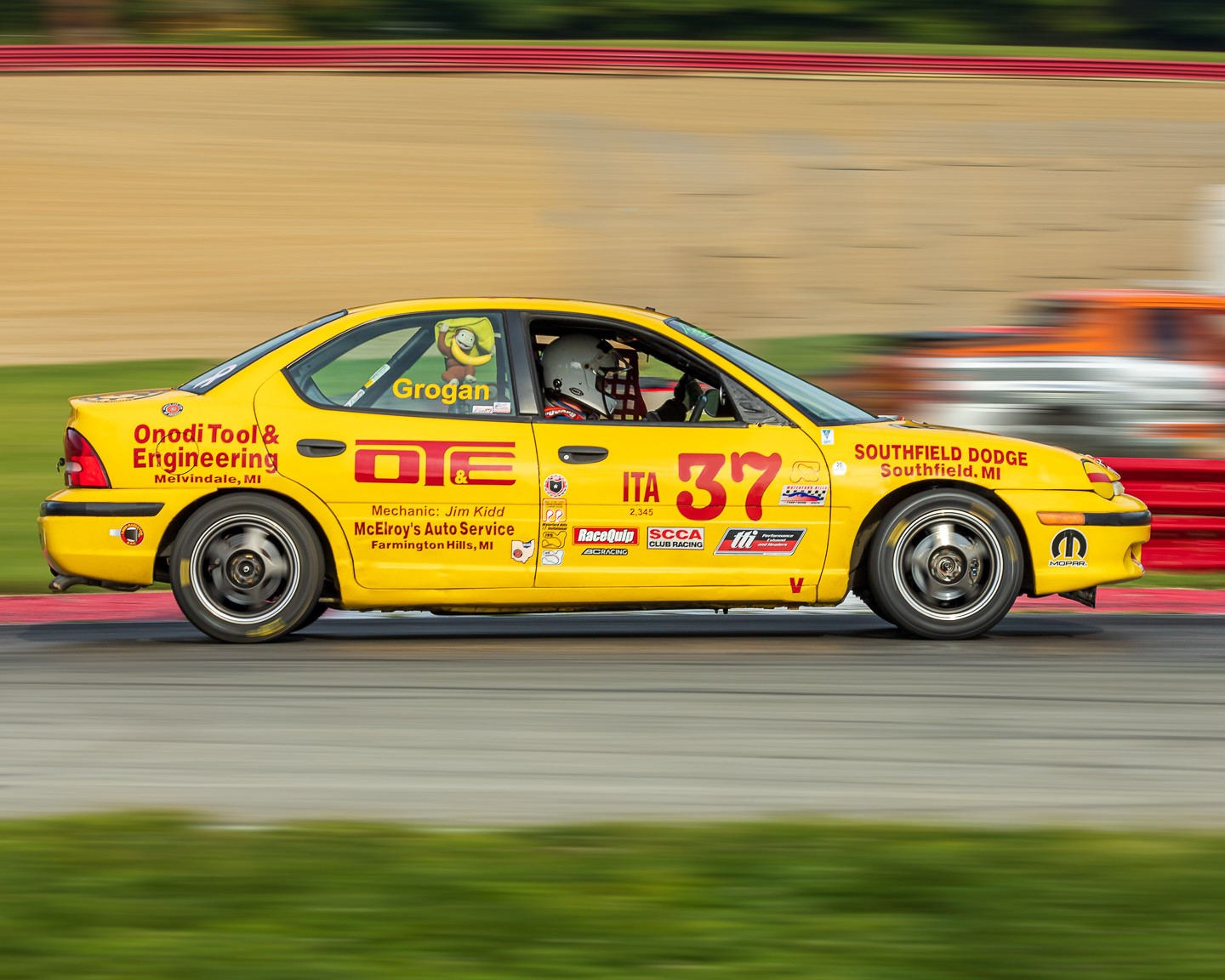
The Dodge Neon ACR was an affordable, performance-focused version of the popular Neon, powered by a 2.0-liter inline-4 engine producing 150 horsepower. It was lightweight, cheap, and great for autocross racing, but it was often overlooked for more powerful sports cars. A modern version could be a fun, budget-friendly performance car with turbocharged power and modern safety features.
Renault Clio Williams (1993-1995)

The Renault Clio Williams was a hot hatch legend in Europe, powered by a 2.0-liter inline-4 engine producing 148 horsepower. Its sharp handling and lightweight design made it a joy to drive, but it never gained widespread popularity outside of racing circles. A modern Clio Williams could offer hybrid performance in a small, nimble package, bringing back the joy of driving a lightweight sports car.
This article originally appeared in MyCarMakesNoise.
More from MyCarMakesNoise
20 Thrilling Cars That Come with Serious Driving Risks

Some cars are thrilling to drive but come with significant safety risks. Their high performance and exhilarating speed can lead to dangerous situations on the road. Here are the dangerous cars that are too fun to drive. Read More.
19 Rare Supercars That Offer Exceptional Investment Potential

Investing in supercars can be both thrilling and lucrative, especially when it comes to limited-edition models. These exclusive vehicles combine exceptional performance, cutting-edge technology, and rarity, making them highly sought after by collectors. Read More.
16 Off-Road Vehicles Favored by the Military for Tough Terrain
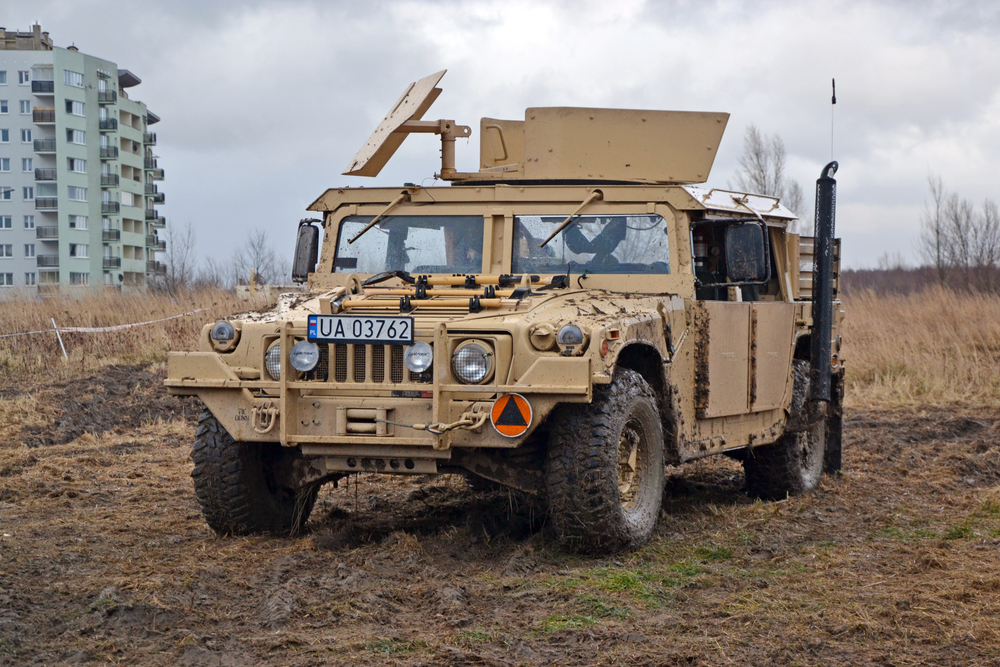
Whether it’s for transporting troops, and supplies, or navigating hostile environments, these machines are built for the job. Here’s a look at 16 off-road vehicles that the military relies on for rugged terrain. Read More.

